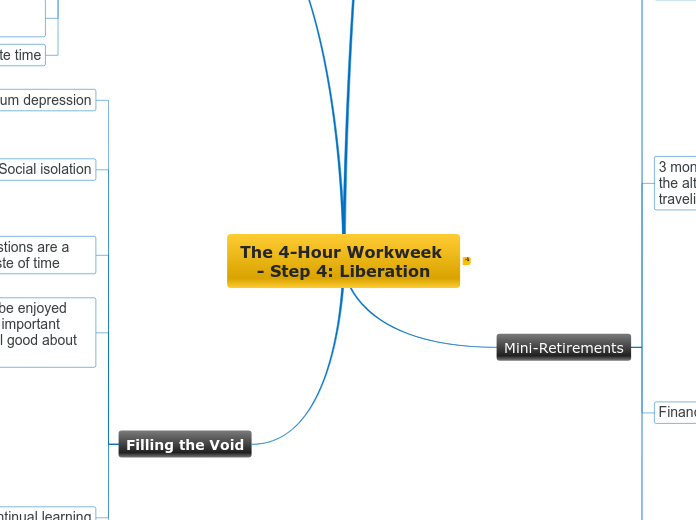Chapter 6 study notes
Learning Styles
an individual’s preferred or optimal method of acquiring new information
Discovery Learning
Once increasingly popular way of imparting this knowledge is discovery learning: giving students experimental materials and asking them to figure out the scientific principles on their own
Accelerated Learning
Other companies promise consumers ultrafast techniques for learning
These methods, known as Superlearning or Suggestive Accelerative Learning and Teaching Techniques (SALTT), supposedly allow people to pick up new information at anywhere from 25 to several hundred times their normal learning speeds
Sleep-Assisted Learning
Other studies from the former Soviet Union seemingly provided support for the claim that people could learn new material, such as tape-recorded words or sentences, while asleep
Recent evidence demonstrates that while asleep, participants can acquire classically conditioned responses to smells
One group of investigators exposed sailors to Morse code (a shorthand form of communication that radio operators sometimes use) while asleep
Many proponents of sleep-assisted learning-learning new material while asleep- have made extraordinary claims regarding this technique’s potential
Instinctive Drift
tendency for animals to return to innate behaviours following repeated reinforcement
Preparedness and Phobias
PHOBIAS
genetic influences probably play a role in the acquisition of certain phobias
PREPAREDNESS
evolutionary predisposition to learn some pairings of feared stimuli over others owing to their survival value
Preparedness may render us likely to develop illusory correlations between fear-provoking stimuli and negative consequences
Insight Learning
Another serious challenge came from a German psychologist during World War I: Wolfgang Kohler
Moreover, because the chimps were often in the same cage, they might engaged in observational learning
Still, Kohler’s suggests that at least some smart animals can learn through insight rather than trial and error
There’s good evidence that humans can, too
Observational Learning
MIRROR NEURONS
cell in the prefrontal cortex that becomes activated by specific motions when an animal both performs and observes that action
Using brain techniques, researchers have identified what appears to be a similar mirror neuron system in humans, but they’ve yet to identify individual mirror neurons, as they have in monkeys
These neurons seem tuned to extremely specific behaviour
learning by watching others
also contributes to our learning of maladaptive habits
spares us the expensive of having to learn everything firsthand
In many cases, we learn by watching models: parents, teachers, and others who are influential to us
Latent Learning
One of the first serious challenges to the radical behaviourist account of learning was mounted by Edward Chace Tolman (1886-1959), whose contribution to the psychology of learning cannot be overestimated
COGNITIVE MAP
mental representation of how a physical space is organized
It also suggested that thinking, in the form of cognitive maps, plays a central role in at least some forms of learning
learning that’s not directly observable
The Law of Effect
INSIGHT: grasping the underlying nature of a problem
principle asserting that if a stimulus followed by a behaviour results in a reward, the stimulus is more likely to give rise to the behaviour in the future
OPERANT CONDITIONING
Schedules of Reinforcement
PARTIAL REINFORCEMENT
VARIABLE INTERVAL (VI) SCHEDULE
pattern in which we provide reinforcement for the first response following a variable time interval, with the actual intervals varying randomly around some average
VARIABLE RATIO (VR) SCHEDULE
pattern in which we provide reinforcement after a variable number varying randomly around some average
FIXED INTERVAL (FI) SCHEDULE
pattern in which we provide reinforcement after a variable number of response following a specified time interval
FIXED RATIO (FR) SCHEDULE
pattern in which we provide reinforcement following a regular number of responses
only occasional reinforcement of a behaviour, resulting in slower extinction than if the behaviour had been reinforced continually
This principle of partial reinforcement may help to explain why some people remain trapped for years in terribly dysfunctional, even abusive, relationships
CONTINUOUS REINFORCEMENT
reinforcing a behaviour every time it occurs, resulting in faster learning but faster extinction than only occasional reinforcement
Terminology of Operant Conditioning
PUNISHMENT
outcome of consequence of a behaviour that weakens the probability of the behaviour
Punishments, like reinforcements, can be either positive or negative depending on whether they involve administering a stimulus- positive- or taking one away- negative
REINFORCEMENT
DISCRIMINATIVE STIMULUS (S^d)
stimulus associated with the presence of reinforcement
outcome or consequences of a behaviour that strengthens the presentation of the behaviour
NEGATIVE REINFORCEMENT
the removal of a stimulus (what we would usually think of as an unpleasant stimulus) following a behaviour that strengthens the probability of the behaviour
POSITIVE REINFORCEMENT
the presentation of a stimulus (what we would usually think of as a pleasant stimulus) following a behaviour that strengthens the probability of the behaviour
Psychologists also refer to operant conditioning as instrumental conditioning, because the organism’s response serves an instrumental function
Behaviourists refer to receive a reward produced by the animal to receive a reward as operants, because the animal “operates” on its environment to get what it wants
learning controlled by the consequences of the organism’s behaviour
Higher-Order Conditioning
developing a conditioned response to a conditioned stimulus by virtue of its association with another conditioned stimulus
Each progressive level results in weaker conditioning, just as a verbal message become less accurate as it’s passed from one person to another
Allows us to extend classical conditioning to a host of new stimuli
Principles of Classical Conditioning
Stimulus Discrimination
process by which organisms display a less pronounced conditioned response to conditioned stimuli that differ from the original conditioned stimulus
Stimulus Generalization
process by which conditioned stimuli similar, but not identical, to the original conditioned stimulus elicit a conditioned response
Spontaneous Recovery
Sudden reemergence of an extinct conditioned response after a delay following an extinction procedure
RENEWAL EFFECT: sudden reemergence of a conditioned response following extinction when an animal is returned to the environment in which the conditioned response was acquired
Extinction
gradual reduction and eventual elimination of the conditioned response after the conditioned stimulus is presented repeatedly without the unconditioned stimulus
Acquisition
learning phase during which a conditioned response is established
The steepness of this curve varies somewhat depending on how close together in time the CS and UCS are presented
Pavlov's Discoveries
CONDITIONED STIMULUS (CS):
initially neutral stimulus that comes to elicit a response due to association with an unconditioned stimulus
CONDITIONED RESPONSE (CR):
response previously associated with a non-neutral stimulus that is elicited by a neutral stimulus through conditioning
UNCONDITIONED RESPONSE (UCR):
automatic response to a non-neutral stimulus that does not need to be learned
UNCONDITIONED STIMULUS (UCS):
stimulus that elicits an automatic response without poor conditioning
CLASSICAL (PAVLOVIAN) CONDITIONING:
form of learning in which animals come to respond to a previously neutral stimulus that had been paired with another stimulus that elicits an automatic response









